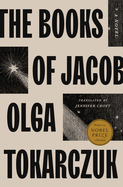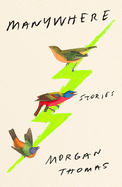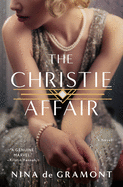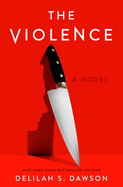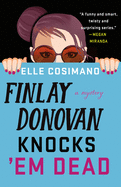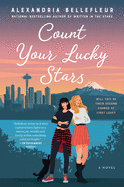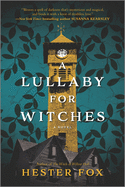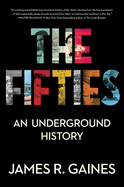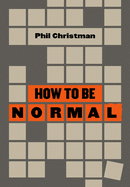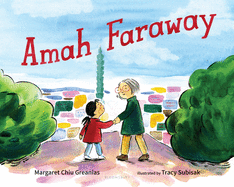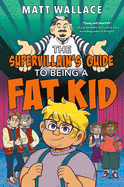 |
| (photo: Sekkides) |
Adele Parks published her first novel in 2000; since then, her 20 bestsellers have been translated into 26 languages. Her new book, Woman Last Seen (MIRA Books), is available now. Parks lives in Guildford, Surrey, with her husband, son and cat.
In the opening chapter of Woman Last Seen, a woman is chained up in a locked room. She hears typewriter keys, then a sheet of paper slides under the door bearing the words "I am not the villain here." Why use a typewriter?
A typewriter, for this scene, is essential for a number of reasons. Firstly, as a plot point: I needed the captor and captive to be able to connect in an anonymous way. Handwriting is very distinctive and recognizable, as are voices, so neither of those methods worked as a form of communication. I don't reveal who is holding the woman prisoner until the very last chapter, so I needed to maintain the secrecy and not give any clues to the reader or to the woman held captive. Besides concealing the identity of the perpetrator of the abduction, there is something incredibly sinister about the fact that a typewriter is being used. It being at the scene of the crime suggests a degree of preplanning; this abduction isn't a spontaneous matter. That's incredibly chilling for the woman chained to the radiator and--I hope--to the reader. It's also an important fact that the message on the paper is cryptic. I wanted the reader to ask, "How can you say that?" "Who are you?" "If I believe you, then who is the villain in this case?" So, yes, the typewriter is integral.
One of your characters is a bigamist. Did you interview any bigamists for this book? Did the person(s) change your perception of a bigamist?
I did a lot of research on bigamists before I started to write this book. It was important to me to understand not only the mechanics behind bigamy--for example, what sort of lies do bigamists tell to allow them to run a double life--but it was also vital to me to understand the psychology behind a bigamist's decision-making process. The question I repeatedly asked was, "Why not just have an affair?" There was a variety of responses to this, ranging from "I loved her so much I wanted to make her my wife" to "I needed the money" to a dismissive or confused shrug! It was fascinating to see what a low level of self-awareness some of these people had. It was also interesting to meet people who simply view the world in a different way. Some justified their actions; others were anarchic or amoral. Besides the research I did into bigamists, I also interviewed the victims of bigamy so that I could understand the emotional fallout of this crime.
Betrayal is a central theme in the book. Which would you find the least tolerable: betrayal by a close friend, by a relative or by a spouse/lover?
Well, none of them are great! Sadly, I, like probably every adult, have encountered betrayal in my life. Luckily not to the extent my characters had to deal with! People are complex; we are often needy, greedy or insecure. Betrayal can be a result of any of those things and an unlimited number of other things: revenge, jealousy, weakness, avarice. The betrayal of a spouse is often the most devastating because, besides the emotional implications, there are usually financial and legal repercussions to that form of betrayal. Personally, I think a parent betraying their child is the most profoundly devastating. It's unnatural.
You use the pandemic as a quietly ticking time bomb that increases tension and urgency. What made you choose to incorporate it into the story?
I had written at least half of this novel before the pandemic took hold and before we were in lockdown. However, once we were all locked down, my perspective shifted a little. I started to feel helpless, trapped and isolated. I think many people can relate to that! I decided the only healthy thing I personally could do with those emotions was channel it into my work. That particular week in history, when we knew something was coming but not what exactly (the week we were warned we would be locked down but hadn't yet been so) was an enormous ticking time bomb that we were all living through in real time. It was so intense. This was a monumental week in history and the collective psychology of humanity. How could I ignore that?
If this novel gets a screen adaptation, do you see it as a TV series or a feature film?
The extremely exciting news is that there is an option on Woman Last Seen and it is currently being adapted as a movie. I think this is the right decision, as all the action takes place within a week and most of it is in a confined space. I believe that in this novel there's the right amount of action to translate into about 90 minutes of screen time. It's an incredible procedure, the book-to-screen creative process, and I am learning a lot. Cross your fingers for me that you see it on screen one day.
Woman Last Seen is riveting from beginning to end. What are the odds of you writing a sequel?
Thank you so much for saying so! I think the odds of my writing a sequel are quite high! Perhaps as high as an 80% chance. This book has already launched in the U.K. and there has been an incredibly strong demand for a sequel from readers there. The demand has been more intense than with any of the other 20 novels I have written. Often, when I finish a novel, I'm desperate to leave the characters behind; I'm exhausted by them. In this case, my curiosity about the characters is still intense. I have drafted a sequel in my mind, so watch this space. --Paul Dinh-McCrillis
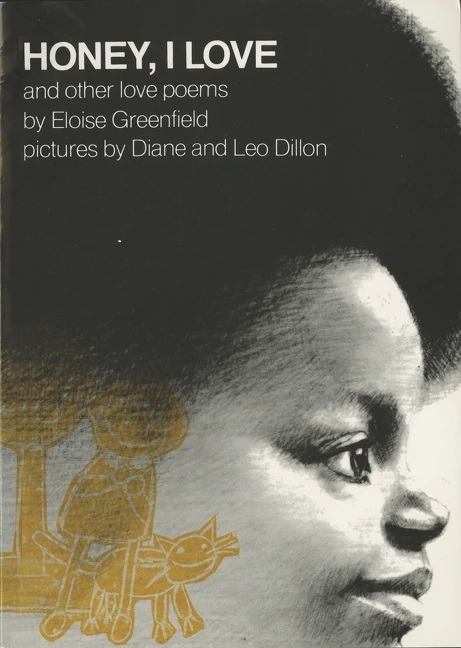 These are the lines of poetry Jason Reynolds read aloud at the ceremony when author and poet Eloise Greenfield won the 2018 Coretta Scott King-Virginia Hamilton Award for Lifetime Achievement; it was part of his acceptance of a CSK Honor for his own Long Way Down (Atheneum, $11.99). Reynolds said he always keeps 10 copies on hand of Greenfield's Honey, I Love and Other Love Poems (HarperCollins, $7.99)--the lines he cited come from its title poem--to give to others. Greenfield died last year at age 92, and her body of work and her willingness to stand up to injustice wherever she found it leave us a lasting legacy.
These are the lines of poetry Jason Reynolds read aloud at the ceremony when author and poet Eloise Greenfield won the 2018 Coretta Scott King-Virginia Hamilton Award for Lifetime Achievement; it was part of his acceptance of a CSK Honor for his own Long Way Down (Atheneum, $11.99). Reynolds said he always keeps 10 copies on hand of Greenfield's Honey, I Love and Other Love Poems (HarperCollins, $7.99)--the lines he cited come from its title poem--to give to others. Greenfield died last year at age 92, and her body of work and her willingness to stand up to injustice wherever she found it leave us a lasting legacy.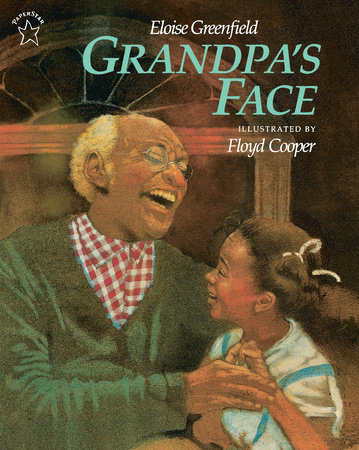 Greenfield also wrote the text for Grandpa's Face (Puffin, $7.99), Floyd Cooper's first illustrated children's book. Cooper, too, died last year, at age 65. Born and raised in Tulsa, Okla., he dedicated his life and work to depicting the faces and touchstones of the Black experience. Cooper's final picture book,
Greenfield also wrote the text for Grandpa's Face (Puffin, $7.99), Floyd Cooper's first illustrated children's book. Cooper, too, died last year, at age 65. Born and raised in Tulsa, Okla., he dedicated his life and work to depicting the faces and touchstones of the Black experience. Cooper's final picture book, 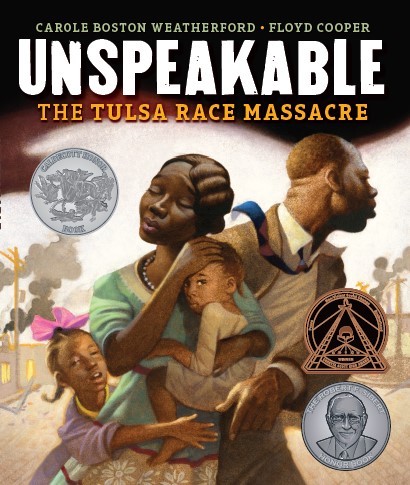 Unspeakable: The Tulsa Race Massacre (Carolrhoda, 2021), written by Carole Boston Weatherford, chronicles the devastation that occurred in 1921 when a white mob attacked the Black community in Tulsa's Greenwood district, and it was an opportunity for him to connect with his maternal grandfather, who narrowly escaped the massacre, as Cooper wrote in his illustrator's note. Last week, it won the 2022 CSK Author and Illustrator Award as well as a Caldecott Honor. Cooper was a truth-teller, in words and in his artwork, and will serve as a model for those who follow him. --Jennifer M. Brown, senior editor, Shelf Awareness
Unspeakable: The Tulsa Race Massacre (Carolrhoda, 2021), written by Carole Boston Weatherford, chronicles the devastation that occurred in 1921 when a white mob attacked the Black community in Tulsa's Greenwood district, and it was an opportunity for him to connect with his maternal grandfather, who narrowly escaped the massacre, as Cooper wrote in his illustrator's note. Last week, it won the 2022 CSK Author and Illustrator Award as well as a Caldecott Honor. Cooper was a truth-teller, in words and in his artwork, and will serve as a model for those who follow him. --Jennifer M. Brown, senior editor, Shelf Awareness


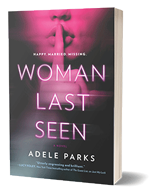


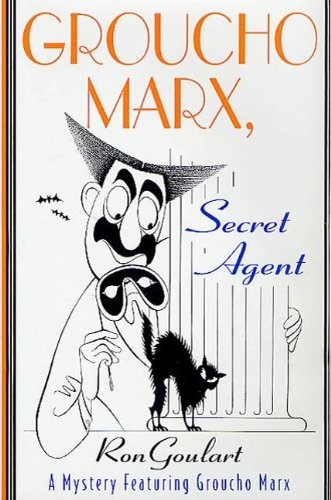 Ron Goulart, a "remarkably prolific science fiction, fantasy, mystery and romance novelist who cast Groucho Marx as a detective and collaborated with William Shatner on a series of books set in the 22nd century," died January 14 at age 89, the
Ron Goulart, a "remarkably prolific science fiction, fantasy, mystery and romance novelist who cast Groucho Marx as a detective and collaborated with William Shatner on a series of books set in the 22nd century," died January 14 at age 89, the 